New York, Nov 09, (V7N) - NASA astronauts Suni Williams and Butch Wilmore are spending significantly more time aboard the International Space Station (ISS) than originally planned. The two astronauts, who arrived in June on Boeing's Starliner spacecraft, were initially scheduled to return after a few months. However, due to delays with the spacecraft's return to Earth, they now face a stay that could exceed eight months if they return in February 2024 as expected. This extended stay has raised concerns about the potential impact on their health, though NASA has reassured the public that both astronauts are in good condition.
Williams and Wilmore's extended mission began with a setback for Boeing’s Starliner. The spacecraft, which was part of the Starliner’s inaugural test flight, encountered multiple technical issues that delayed its return. In September, NASA decided to send the Starliner back to Earth without its crew, opting to use a SpaceX Dragon capsule to bring the astronauts home. However, the Dragon vehicle did not arrive until the end of September, delaying their return.
Although their stay has been extended, NASA maintains that Williams and Wilmore are healthy and well-prepared for the prolonged mission. Both astronauts are experienced space travelers, each having previously visited the ISS, and were briefed and trained for the possibility of an extended stay before departing. NASA officials said that they have been continuously monitoring the health of all seven crew members aboard the station, including the Starliner astronauts, and that they have routine medical evaluations and dedicated flight surgeons on hand.
Concerns about astronauts’ health during extended space missions are not new. Long stays in low gravity environments can lead to physical challenges such as muscle atrophy, bone density loss, and changes in body fat. These issues are typically managed through exercise regimens and careful monitoring. The extended duration of Williams and Wilmore's mission is unusual, as most space expeditions last around six months. Their stay is now longer than the typical duration, surpassing even the seven-month missions of astronauts like those aboard SpaceX’s Crew-8, who returned to Earth in late October after completing a mission that began in March.
After returning to Earth, Crew-8 astronauts were evaluated at a medical facility, and one crew member was briefly hospitalized for observation. NASA later clarified that the medical assessment was purely precautionary, though it highlighted the physical toll that long-duration space travel can take on astronauts. While none of the Crew-8 astronauts experienced long-term health issues, the incident underscored the risks associated with prolonged missions.
Despite public concerns, NASA reassured the public that all astronauts on the ISS, including Williams and Wilmore, are in good health and continue to perform their duties. The astronauts are engaged in a variety of scientific experiments and maintenance tasks on the space station. Their work includes preparing for future human space exploration missions, including those planned under NASA’s Artemis program, which aims to send astronauts back to the Moon.
NASA’s commitment to ensuring astronaut health during long-duration missions is part of the agency's broader strategy to prepare for deep space exploration, including eventual missions to Mars. The space station serves as a vital research platform for studying the effects of space on the human body, and the data gathered from these long-term missions will help inform future missions to the Moon and beyond.
In the meantime, Williams and Wilmore, along with their fellow astronauts, will continue their work aboard the ISS, contributing to scientific research and advancing the capabilities necessary for future deep space exploration.
END/NYC/SMA/



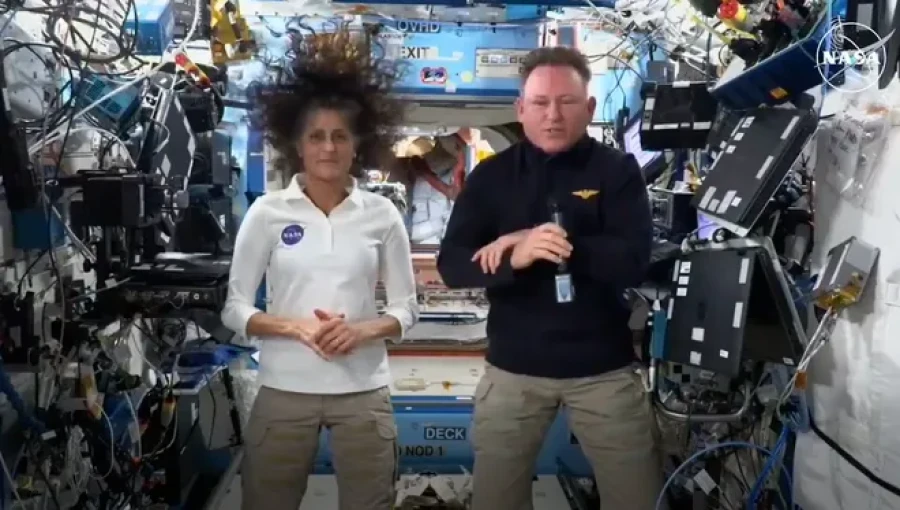




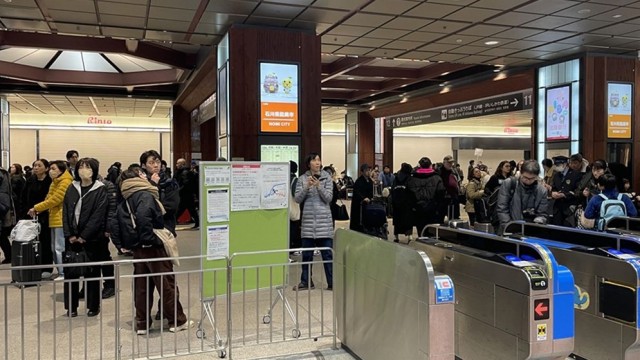

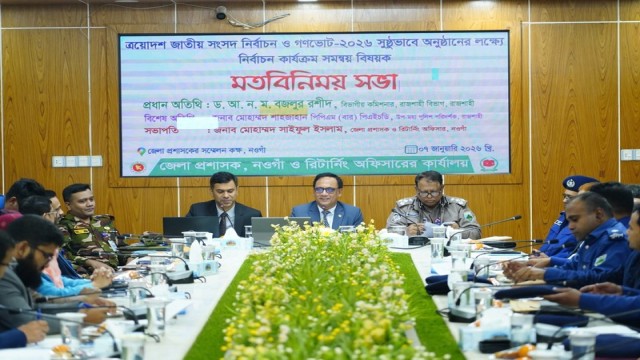

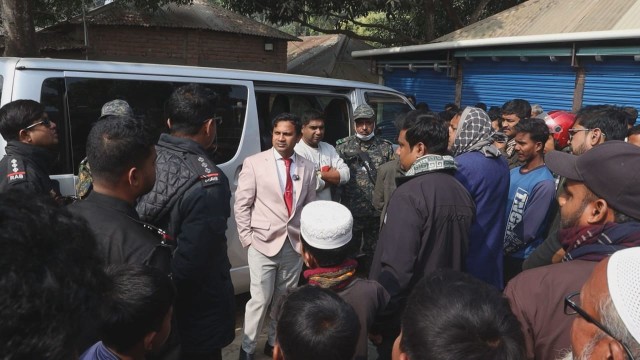



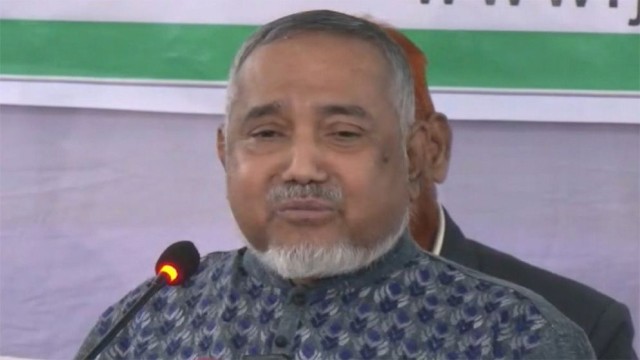









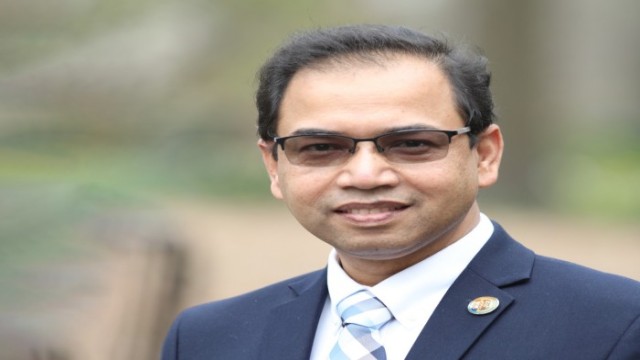
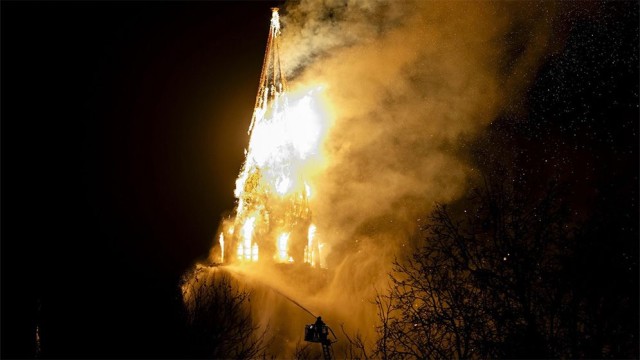



Comment: